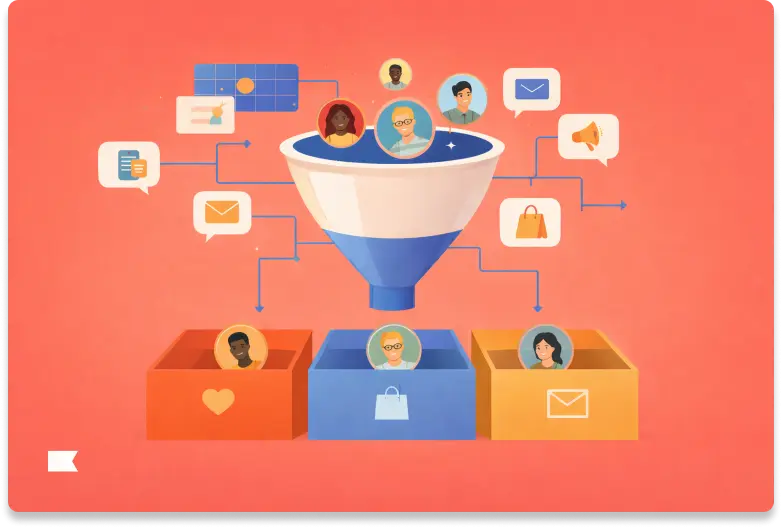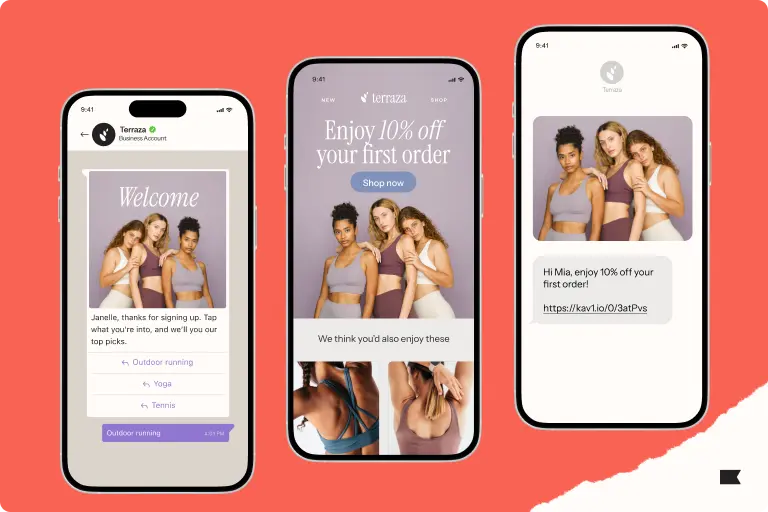How brands can drive “fun” purchases in a cost-conscious economy

As inflation and economic uncertainty reshape how people approach discretionary spending, brands are being called to meet the moment with greater intention. Shoppers are still spending on spa days, fitness classes, vacations, and new gadgets—they’re just under more scrutiny.
The opportunity? People are still investing in joy. They’re simply being more thoughtful about when, why, and how they do it. That means consumers need the right motivation, at the right time, and through the right channel.
Recent research across 2,000 global consumers from Klaviyo uncovers what’s influencing these joyful buys, and how brands can be more intentional about creating them.
Deals are a big motivator
Across all respondents, promotions drive action. There is a meaningful discount or promotion on 16% of fun purchases, from spa visits to fitness classes. Even when spending for pleasure, value remains key.
The takeaway: Use with value-driven offers. Consumers want to feel like they’re making smart decisions, not indulgent ones. That means brands must lead with offers that feel compelling, time-sensitive, and personalized.
How consumers really shop across channels
The vast majority of consumers (77%) use 3-4 channels when shopping for fun, non-essential purchases. That includes social media, in-app messages, branded apps, push notifications, WhatsApp, SMS, email, and good old-fashioned in-store visits.
For spa and fitness studio purchases specifically, consumers are almost evenly split between buying in-store (23.5%) and through company websites (23.6%). And when keeping up with brand communications, email remains the top choice (25.7%), followed by social media and push notifications.
The takeaway: Stay present across 3 or 4 trusted channels. You don’t need to show up everywhere, but you do need to show up consistently where your customers already are. Most consumers rely on just 3 or 4 trusted channels, so identify your core touchpoints and make sure they work seamlessly together. Not sure where they are? Ask your top 10 customers where they expect to see you show up, or look at your store analytics to track where users are coming in from.
Timing matters more than you think
One of the most overlooked levers for driving engagement? Time of day.
The research shows consumers are most likely to engage with brands in:
- The morning via email (36.5%) and SMS (30.0%)
- The evening on social media (28.3%) and in-app messages (26.0%)
When it comes to category-specific timing, spa and fitness brands see the most engagement in the evening (20.5%), followed by late afternoon and weekends. This aligns with when people are winding down or planning personal time.
The takeaway: Time your outreach to match customer behavior. By understanding and aligning your message delivery to these rhythms, brands can show up not just in the right place, but at the right moment.
What these insights mean for marketers
Even in today’s leaner economy, people are still buying leisure goods, they’re just being more intentional about it. The brands that win in this environment will strategically match consumer intention.
The joy of a spontaneous purchase isn’t gone, it’s just a little more planned.

Related content

Discover how audience filters let you personalize every message in an omnichannel campaign using real-time data, behavior, and channel preferences.

Klaviyo welcomes Chano Fernández as Co-CEO to help accelerate global growth and lead the next era of AI-powered customer experiences.

Discover how cross-channel marketing and the rise of SMS shaped BFCM 2025. Learn why email + text orchestration drove record engagement, efficiency, and revenue.